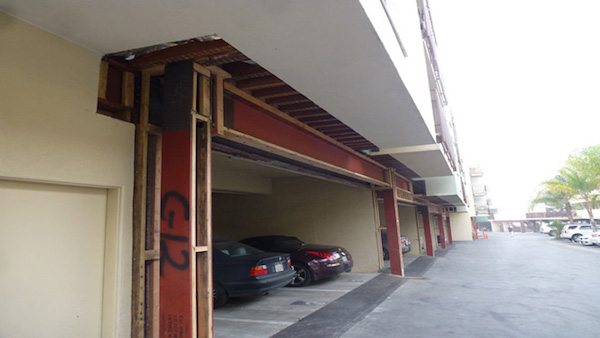RESOURCES

Structural and Earthquake Engineering
These resources provide guidelines and information for earthquake and structural design. It is important to note that seismic design requirements can vary depending on the location and the specific building code in use. Therefore, it is always recommended to consult the relevant building code and seek advice from qualified professionals for the seismic design of structures.
The NBCC is the primary document used by engineers and architects in Canada for the design of buildings and other structures. Part 4 of the NBCC provides requirements for seismic design.
CISC provides guidelines and design recommendations for seismic design of steel structures in Canada.
The CHBDC is the primary document used by bridge engineers in Canada for the design of highway bridges. Part 5 of the CHBDC provides requirements for seismic design.
This is a standard used by structural engineers in the United States for the design of structures subjected to loads, including earthquake loads.
The BCBC is a comprehensive set of regulations and standards that govern the design, construction, renovation, and occupancy of buildings in the province of British Columbia, Canada. The BCBC outlines requirements related to structural design, fire safety, accessibility, energy efficiency, plumbing, electrical systems, and more. It serves as a vital tool to ensure the safety, durability, and sustainability of buildings within the province.
This standard provides guidelines and requirements for the design, manufacturing, installation, and maintenance of antenna supporting structures, including towers used for telecommunications, broadcasting, and other communication purposes.

Project Management
Certainly, project management encompasses a wide range of skills, methodologies, and tools. Remember that the specific resources you’ll find most useful depend on your needs and preferences. Whether you’re seeking foundational knowledge, practical tools, or advanced methodologies, the project management field offers a wealth of resources to help you excel in your role. Here are some types of resources you might find useful:
A Guide to the Project Management Body of Knowledge (PMBOK Guide) is a handbook by Project Management Institute (PMI)
- Project Management Institute (PMI)
- Association for Project Management (APM)
- ProjectManagement.com
- ProjectManager.com (articles, templates, and tools)
- CIO (technology-focused project management articles)
- Smartsheet Blog (project management and productivity tips)
- Microsoft Office templates (Excel, Word, PowerPoint)
- Google Workspace (Google Docs, Sheets, Slides) templates
- Project management software often comes with built-in templates.

Retrofitting-Seismic Strengthening
Earthquake Engineering Research Institute (EERI) – The EERI has a Canadian Chapter, which provides resources and information specific to earthquake engineering and seismic design in Canada.
Canadian Society for Civil Engineering (CSCE) – The CSCE is a professional organization for civil engineers in Canada, and they provide resources and information related to earthquake engineering and structural design.
American Society of Civil Engineers (ASCE) – ASCE provides many resources related to structural engineering and seismic design, including publications, conferences, and online courses.
Earthquake Engineering Research Institute (EERI) – This is a professional organization dedicated to reducing earthquake risk through research, education, and advocacy. EERI offers various resources and publications related to earthquake engineering and structural design.
National Earthquake Hazards Reduction Program (NEHRP) – NEHRP is a federal program that aims to reduce the impact of earthquakes on society through research, education, and implementation activities. Their website offers various resources related to earthquake engineering and structural design.

Performance Assessment of Buildings
FEMA P-58: Seismic Performance Assessment of Buildings – This is a comprehensive guide to seismic performance assessment of buildings, which is a critical step in earthquake-resistant design.
Pacific Earthquake Engineering Research Center (PEER) – PEER is a research center focused on improving the seismic resilience of communities and infrastructure. They offer various resources related to earthquake engineering and structural design, including publications, software tools, and research reports.
